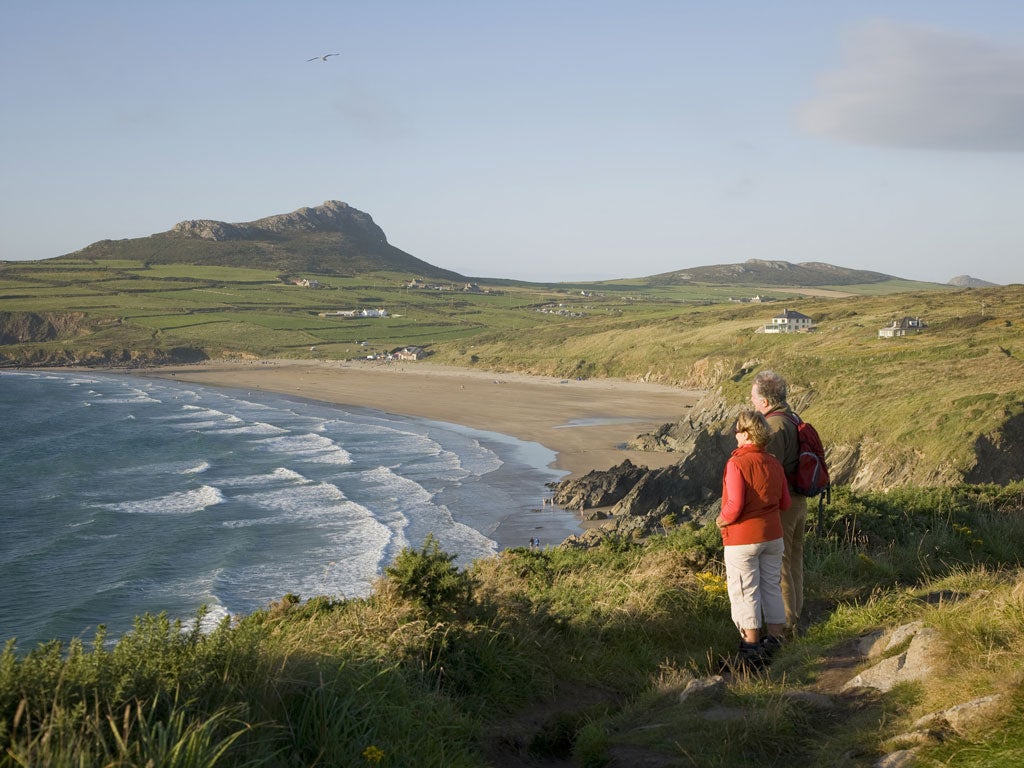Hundreds of skeletons unearthed at Pembrokeshire beach
Analysis by University of Sheffield indicates burials were a mix of men, women, and children

Your support helps us to tell the story
From reproductive rights to climate change to Big Tech, The Independent is on the ground when the story is developing. Whether it's investigating the financials of Elon Musk's pro-Trump PAC or producing our latest documentary, 'The A Word', which shines a light on the American women fighting for reproductive rights, we know how important it is to parse out the facts from the messaging.
At such a critical moment in US history, we need reporters on the ground. Your donation allows us to keep sending journalists to speak to both sides of the story.
The Independent is trusted by Americans across the entire political spectrum. And unlike many other quality news outlets, we choose not to lock Americans out of our reporting and analysis with paywalls. We believe quality journalism should be available to everyone, paid for by those who can afford it.
Your support makes all the difference.Archaeologists have discovered the human remains of around 200 people, believed to belong to a Christian community going back to the 6th century at a popular beach in Pembrokeshire.
The remains at the foot of the dunes in Pembrokeshire’s Whitesands Bay, to the west of St. David’s, will be stored at the National Museum of Wales.
A team from Dyfed Archaeological Trust and the University of Sheffield are studying other secrets the dunes hold before they are lost to natural erosion and storms.
Archaeologists have been interested in this area for several decades since the early 1920s. So far, teams have exposed almost 100 graves following two excavations in 2015 and 2016.
The Dyfed Archaeological Trust said there is “still a significant amount of evidence left to excavate,” including an “intriguing stone structure which pre-dates the burials”.
Detailed analysis by the University of Sheffield indicate that the burials included a mix of men, women, and children. The bodies were aligned with the head pointing west and without possessions, in keeping with early Christian burial traditions.
Jenna Smith at Dyfed Archaeological Trust, leading the excavation, said the preservation of the bones is “absolutely incredible” because they have been completely submerged in sand.
“It’s really important that we do so because it gives that snapshot in time which we don’t normally get in Wales,” Smith told the BBC.
“The bone doesn’t normally exist, and the main reason that we’re here is because we are here to stop the bones and the burials from eroding into the sea.”
The site will be refilled after excavation ends on July 16.



Join our commenting forum
Join thought-provoking conversations, follow other Independent readers and see their replies
Comments